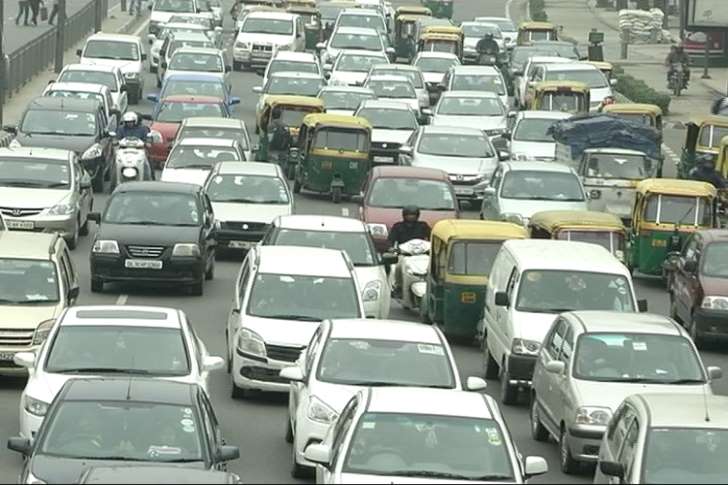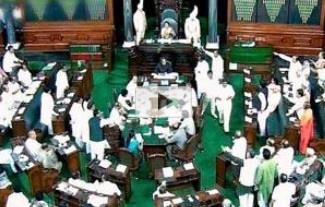April 7, 2016
New Delhi: The odd-even car-rationing experiment in the national capital yielded little in terms of reducing air pollution or congestion on the city's roads, initial findings of an IIT-Delhi study has found.

April 7, 2016
New Delhi: The odd-even car-rationing experiment in the national capital yielded little in terms of reducing air pollution or congestion on the city's roads, initial findings of an IIT-Delhi study has found.

In fact, the preliminary report says that average speed of vehicles "decreased" by a small amount between 8 AM and 11 AM when the restrictions were in force across locations.
The license-plate policy, which is set to make a comeback on April 15, managed to reduce car use by about 35 per cent and not "50 per cent", the report prepared by Transportation Research and Injury Prevention Programme of IIT-Delhi observes.
It says the benefits of the programme on the day-time air quality were not immediately apparent in the ambient measurements, due to meteorological factors and suggests that at least 20 monitoring stations are required for a "reliable analysis" of its effectiveness.
The Delhi Pollution Control Committee (DPCC) now has six such stations. The government, in its recent budget, has allocated money to build three more stations that monitor real-time air quality.
More importantly, it suggests that the decrease in emissions from cars may be "offset" by an increase in flow of other vehicles such as buses, three-wheelers and motorized two-wheelers.
"In the light of the fact that increase in flow of buses, three wheelers and motorized two-wheelers seems to be of a similar magnitude as the decrease in car flow, the effect of decrease in PM 2.5 emissions by cars would be even less," it notes.
The report of surveys done before, during and after the odd-even experiment summarizes the results of traffic speed data, proportion of odd and even registration number-bearing cars on the roads, car occupancy and volume of car and motorized two-wheeler traffic.
The report, authored by Rahul Goel (now with Shiv Nadar University) and IIT Professors Geetam Tiwari and Dinesh Mohan, classified Delhi's roads into four categories, namely arterial roads, intercity roads, commercial roads, and ring roads.
It said that average speed of vehicles reduced by 5, 1, 3 and 4 per cent respectively in the same categories of roads respectively between 8 AM and 11 AM. "There was a slight increase in average speed between 11 AM and 5 PM during the experiment period.
The maximum increase in average speed was 9 per cent in a few locations. However, in most locations the change in speed was less than 5 per cent," it says.
The report further observes that on both odd and even days about 30 per cent of the vehicles not with the "appropriate number" were on the roads. Factors including exemptions and non-compliance are held responsible for this.
The study obtained speed data using Google Maps Distance Matrix which provides real-time travel time between a given pair of locations, from which speed is calculated.
Courtesy: IBN
















































































































